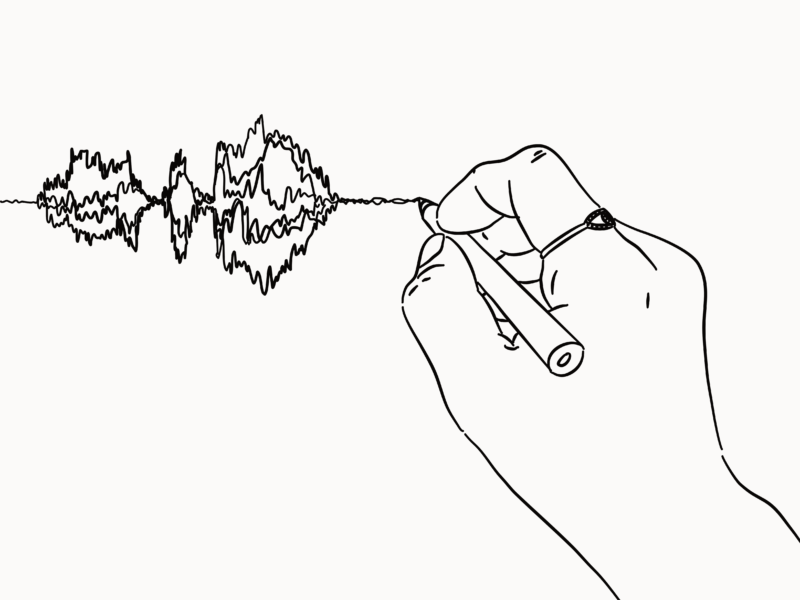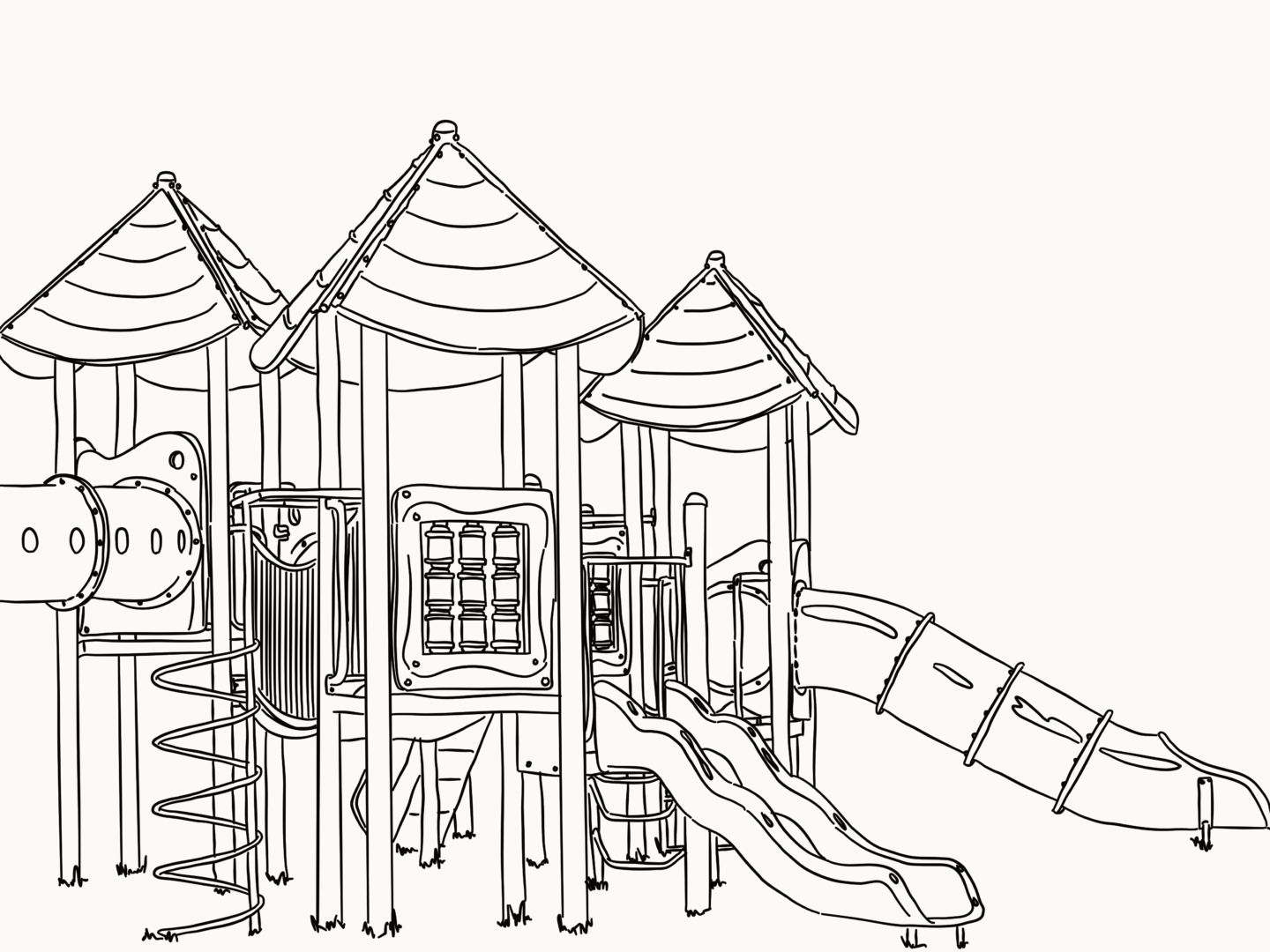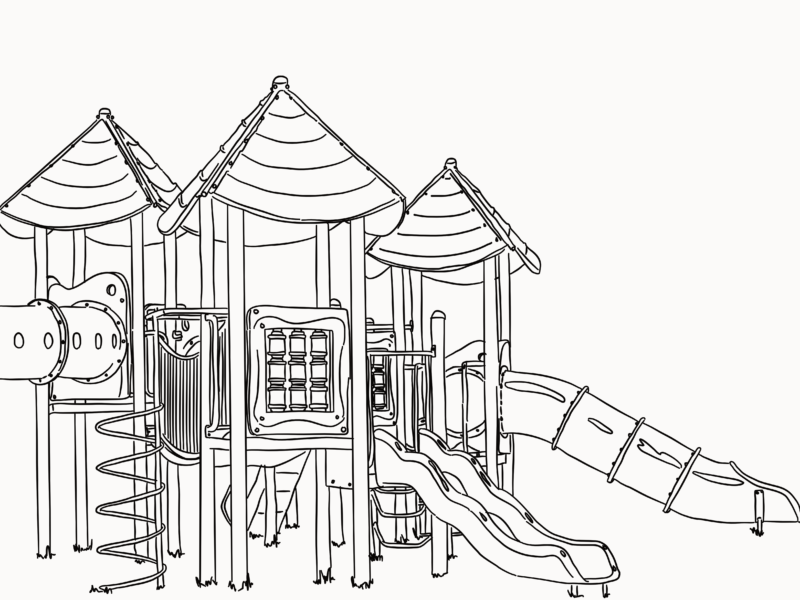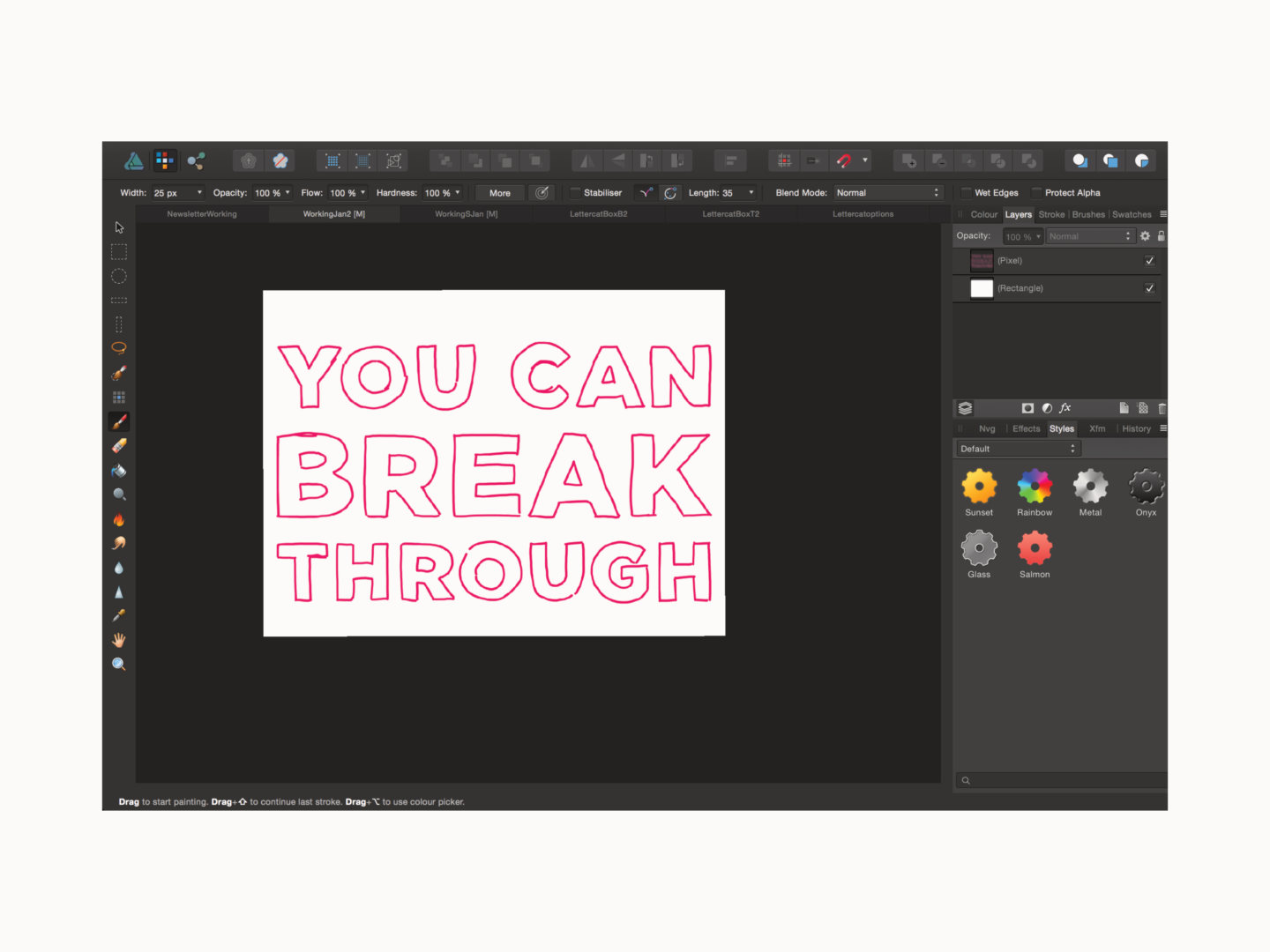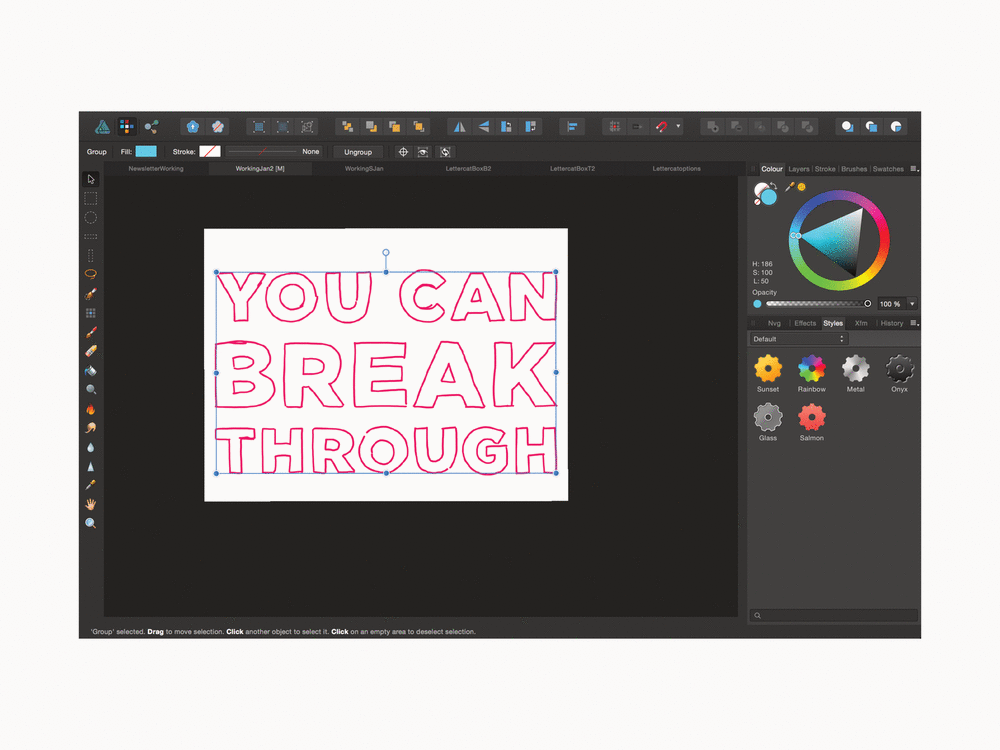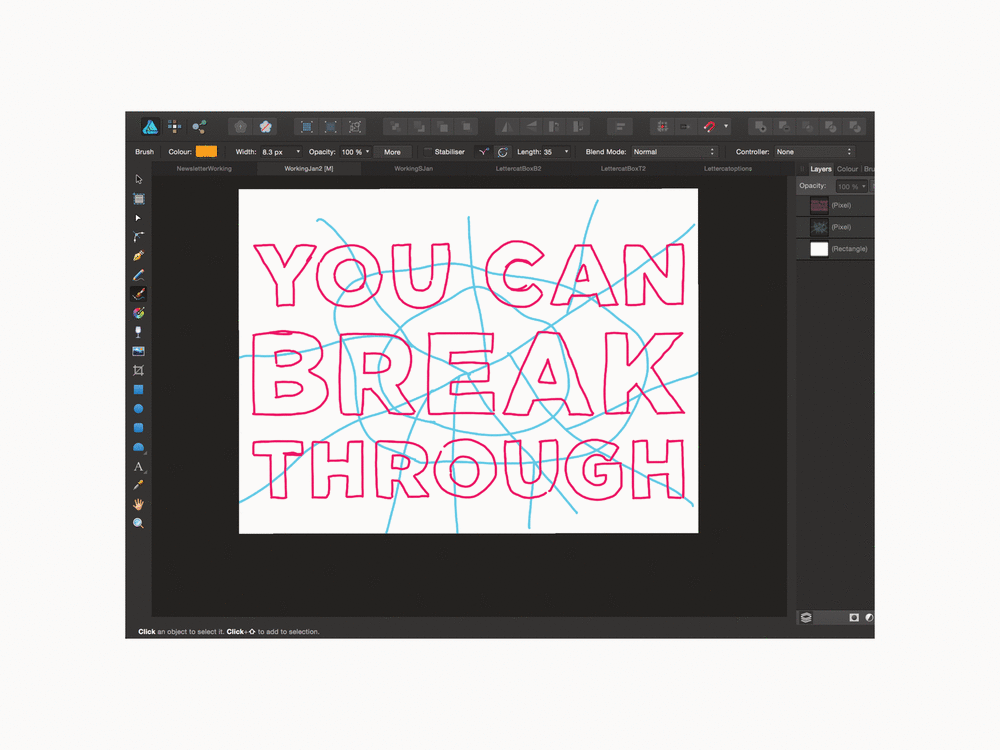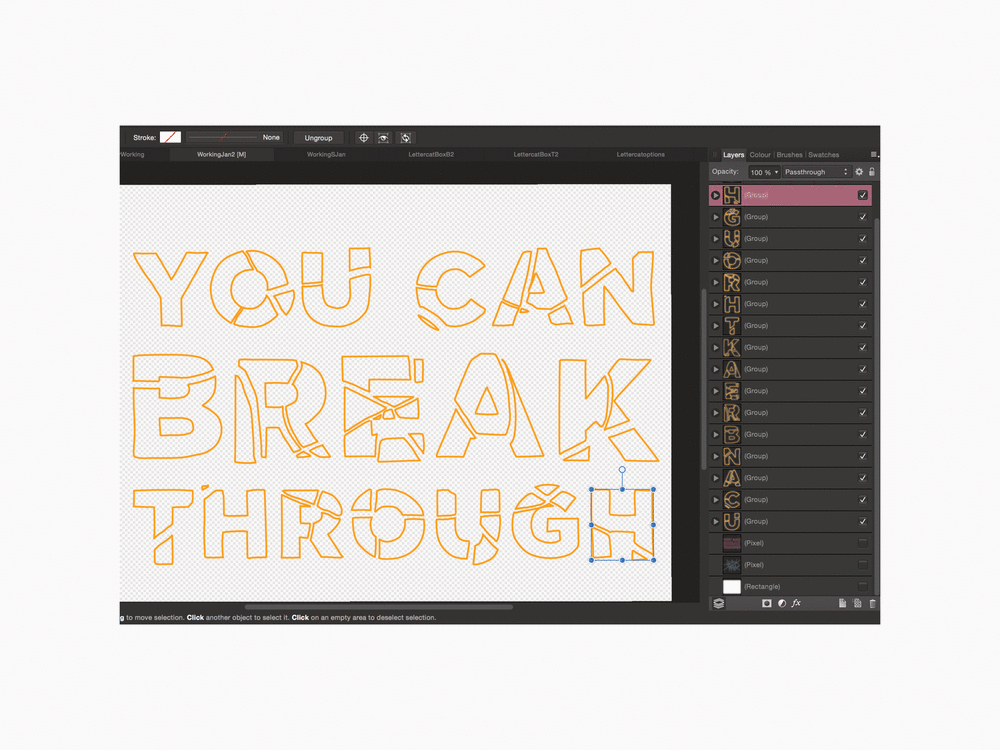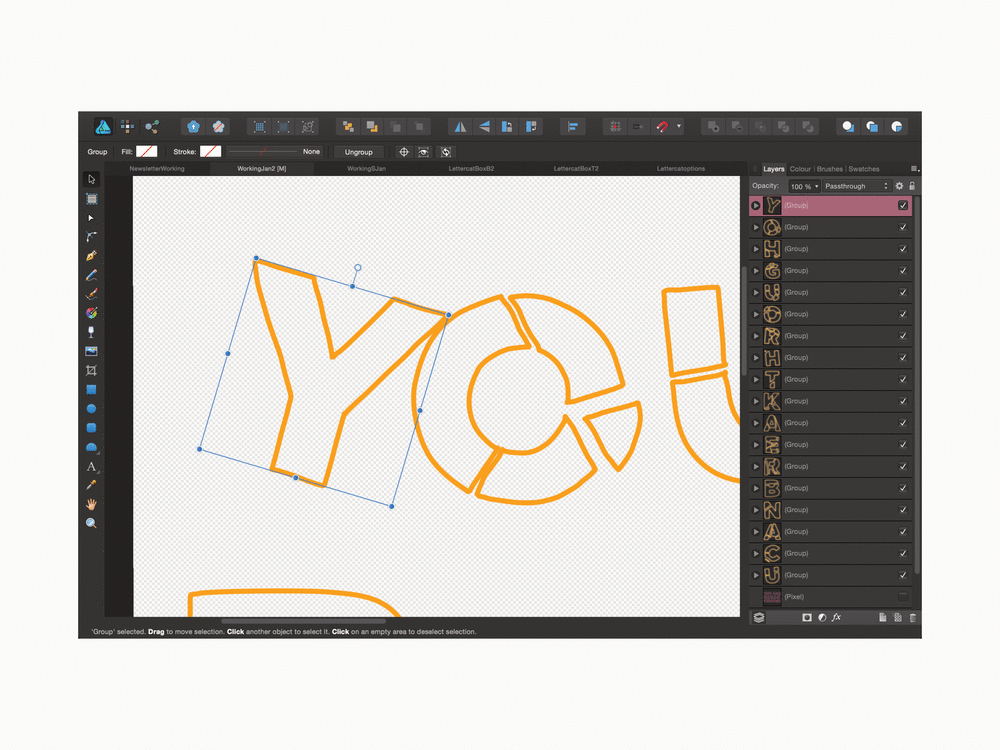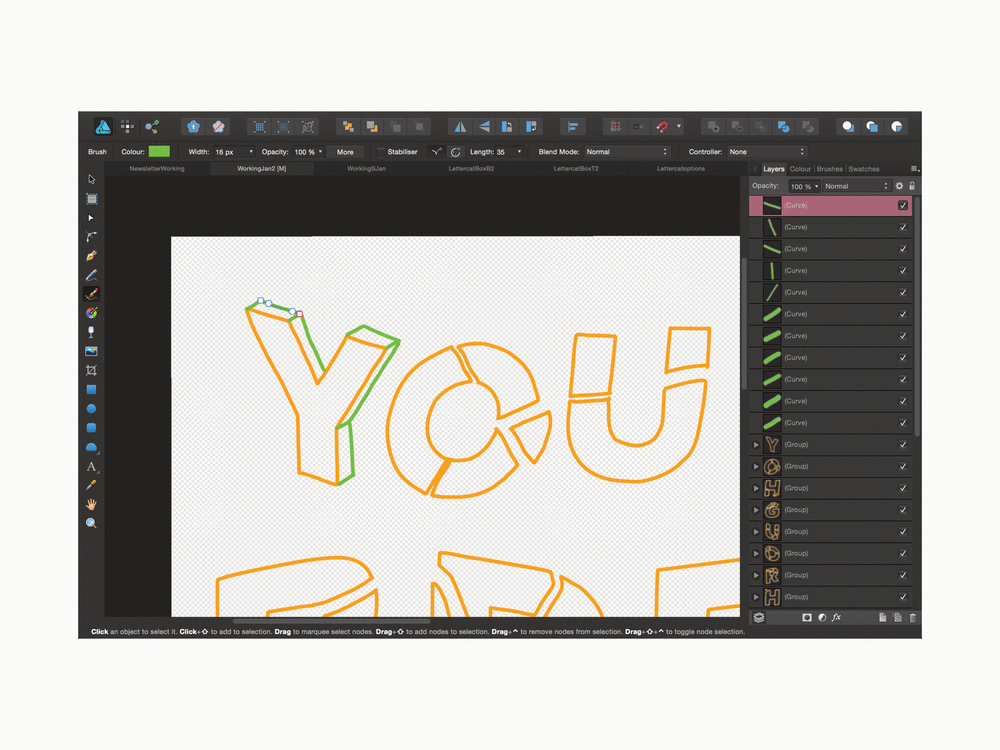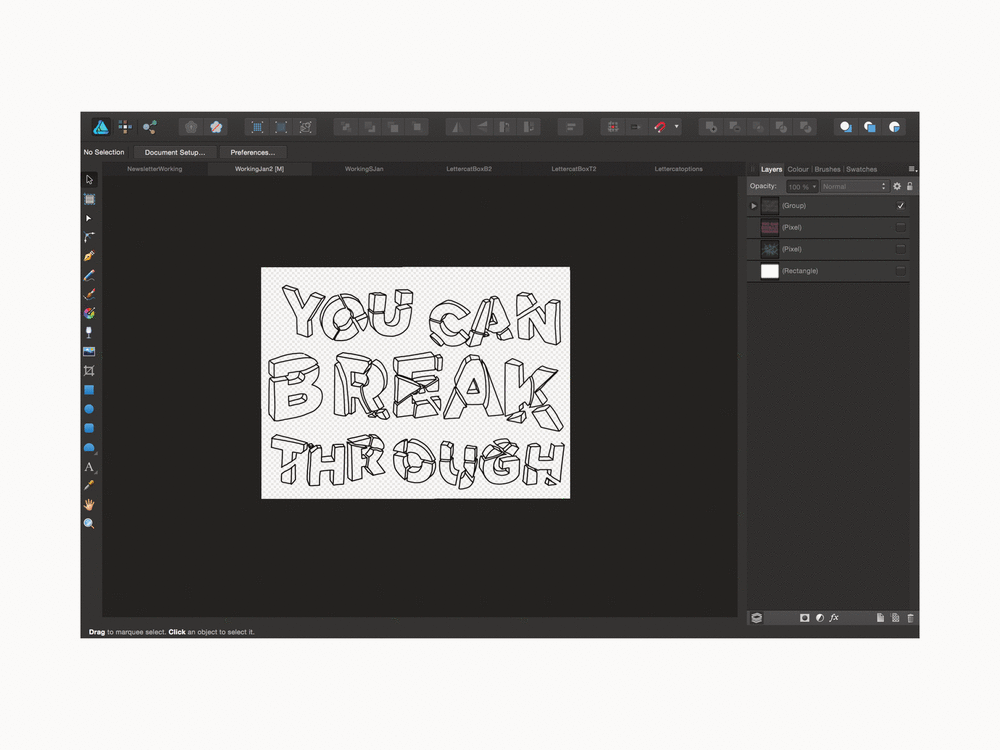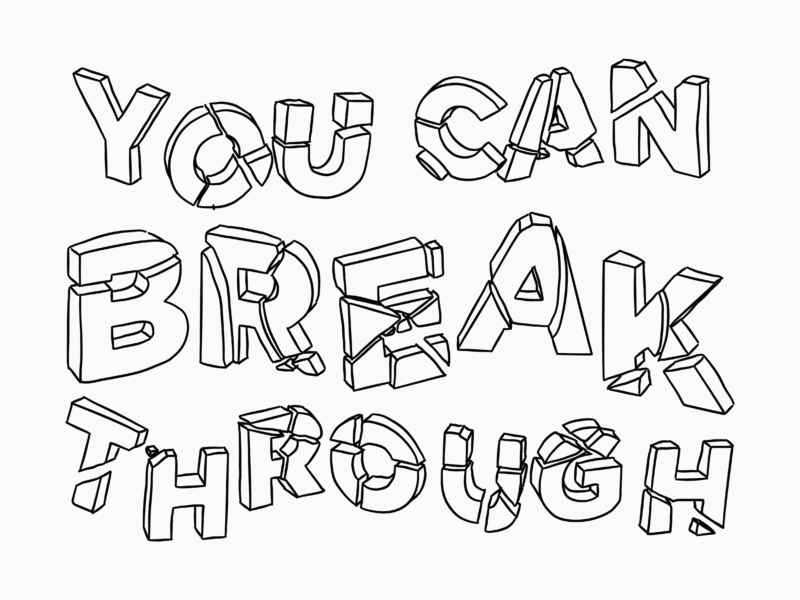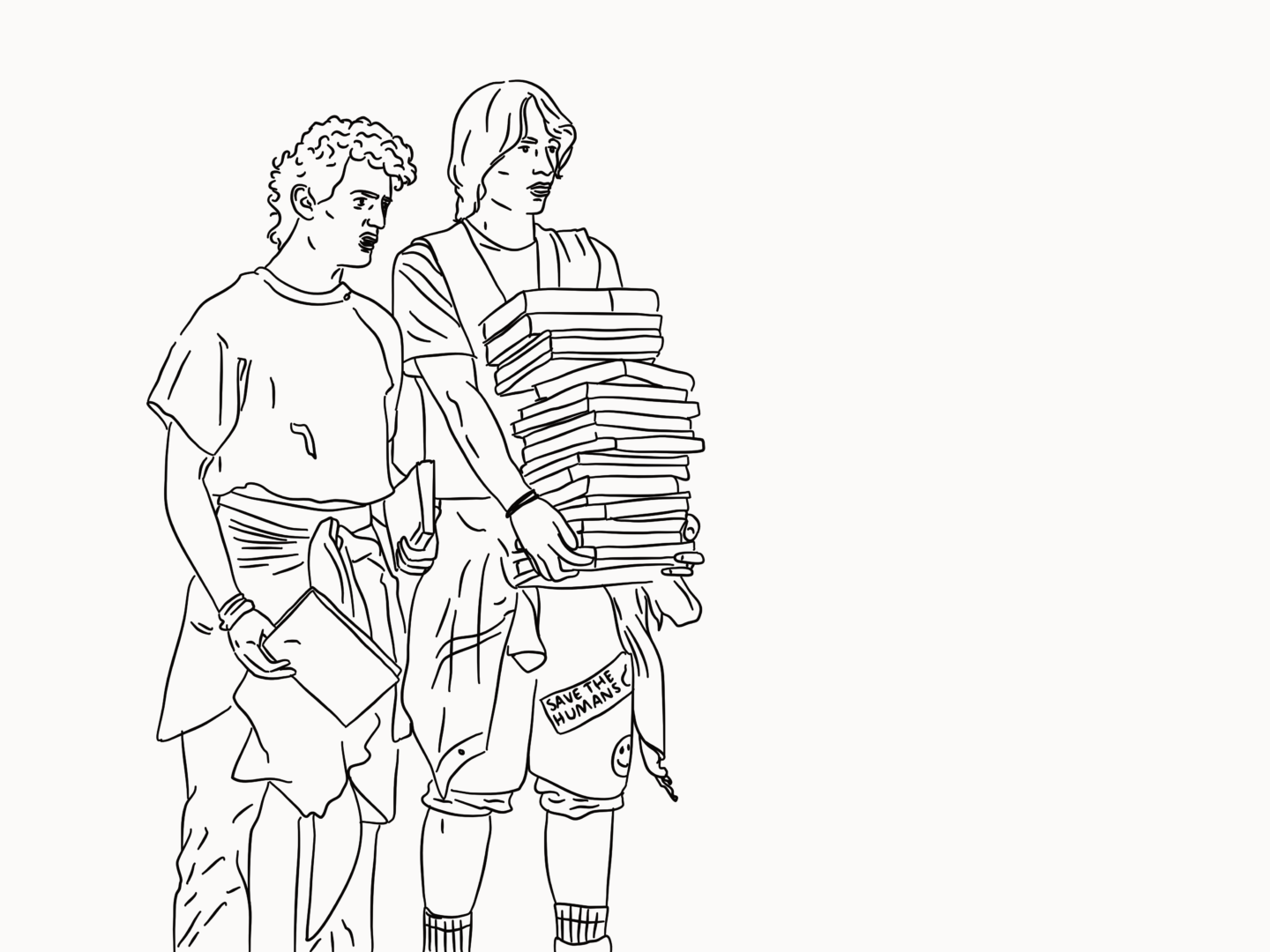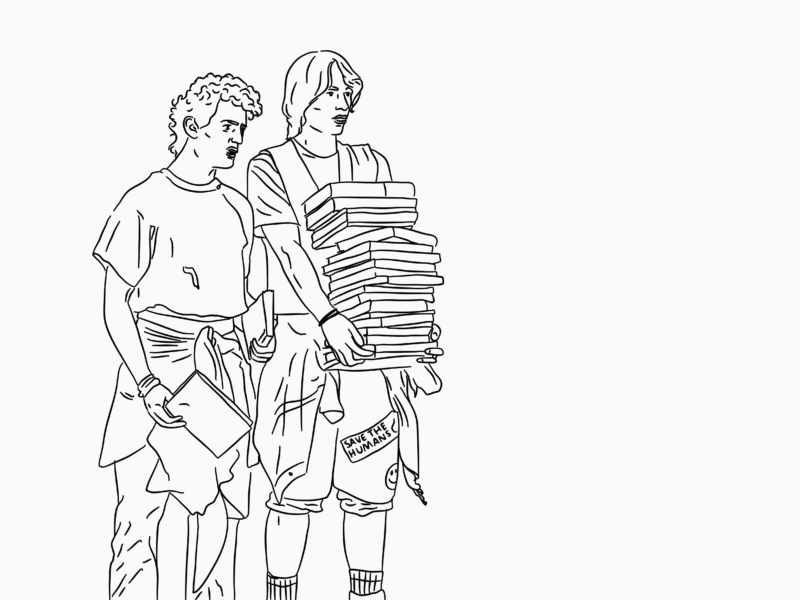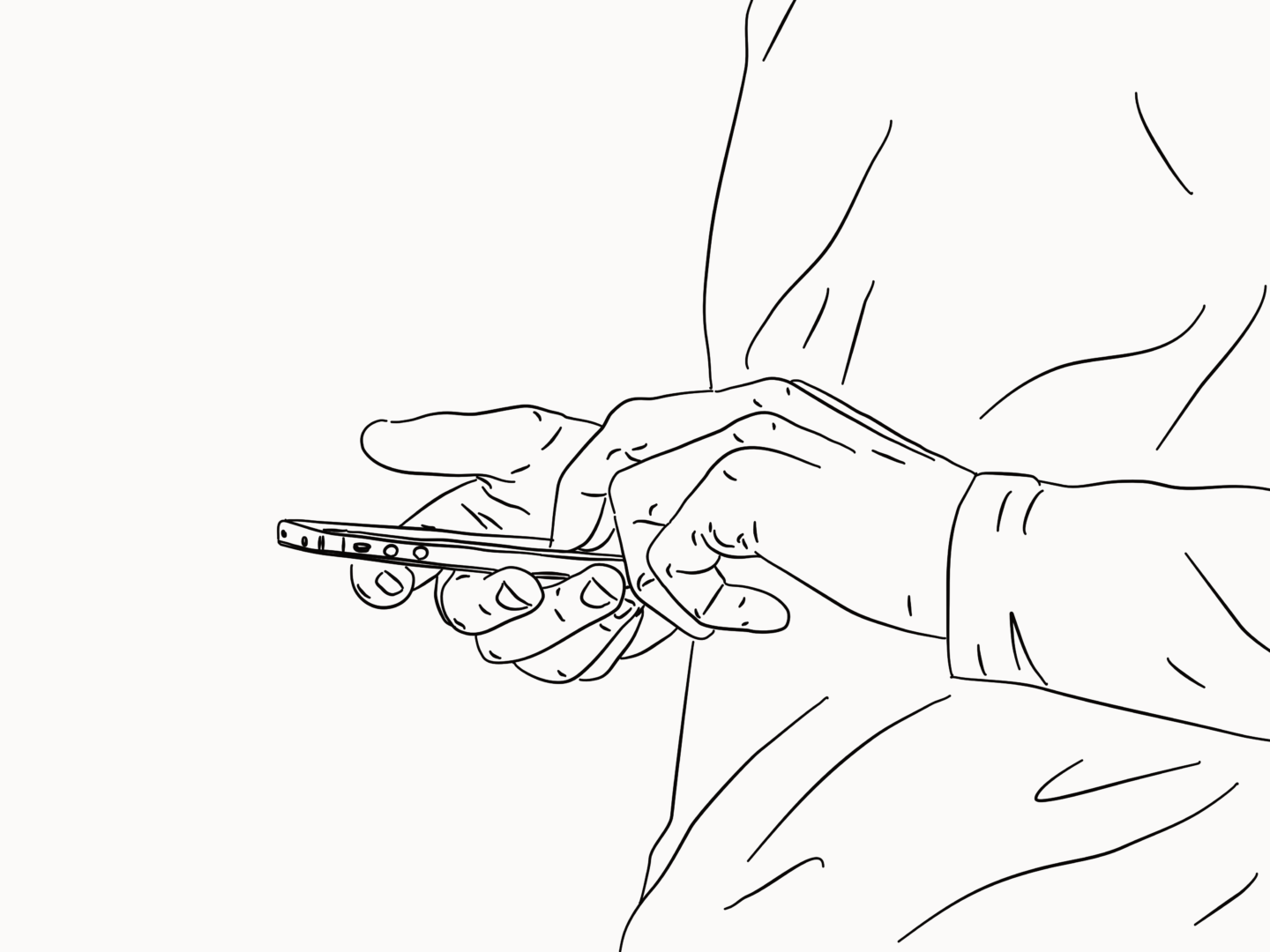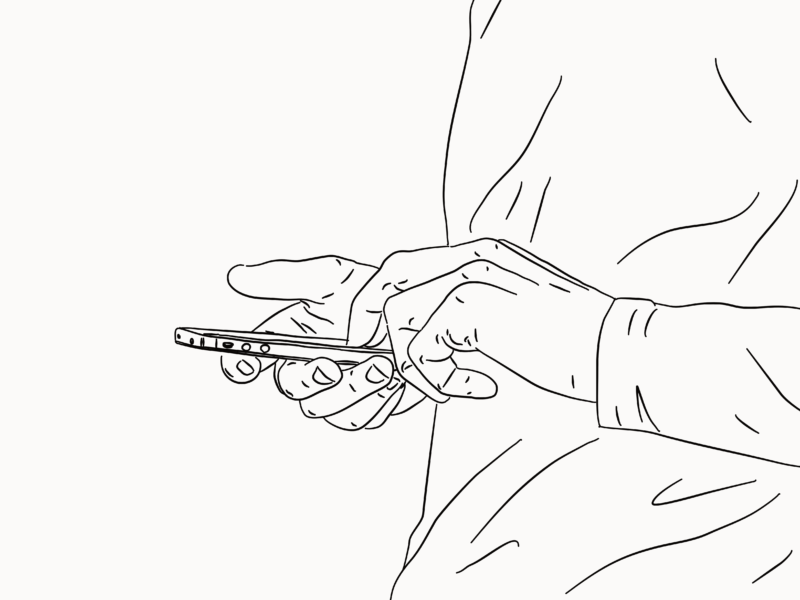Something I’ve really struggled with in the past, and still do to an extent, is maintaining my voice when doing client work. So, I thought I’d share the things that have really been working for me, because it’s a lot trickier than it sounds.
The first step is to find your voice and use it to shout about your work. It’s hard for potential clients to know about the kind of work you want to make, and are great at making, unless they’ve seen it. That means you need to find your style, or at least the style you want to be making work in right now and use it. Use it to make the work you want to make, whether or not you have a client who’s commissioning the piece or not. So, if you want to make illustrated album covers, just make a few for your favourite albums, share them, and use them as examples of your work when you reach out to potential clients.
If you’re really intent on maintaining your voice in client work, you’re going to have to be discerning about the clients and projects you work on. That might mean saying no to work that won’t allow you to produce work that’s either of a style or quality that you want to be making. This isn’t something you have to do all at once, or at least I’m certainly not. I’m still taking on projects that don’t quite align with the work I want to be making in the future but I’m aware of that, and am actively looking to move away from those projects.
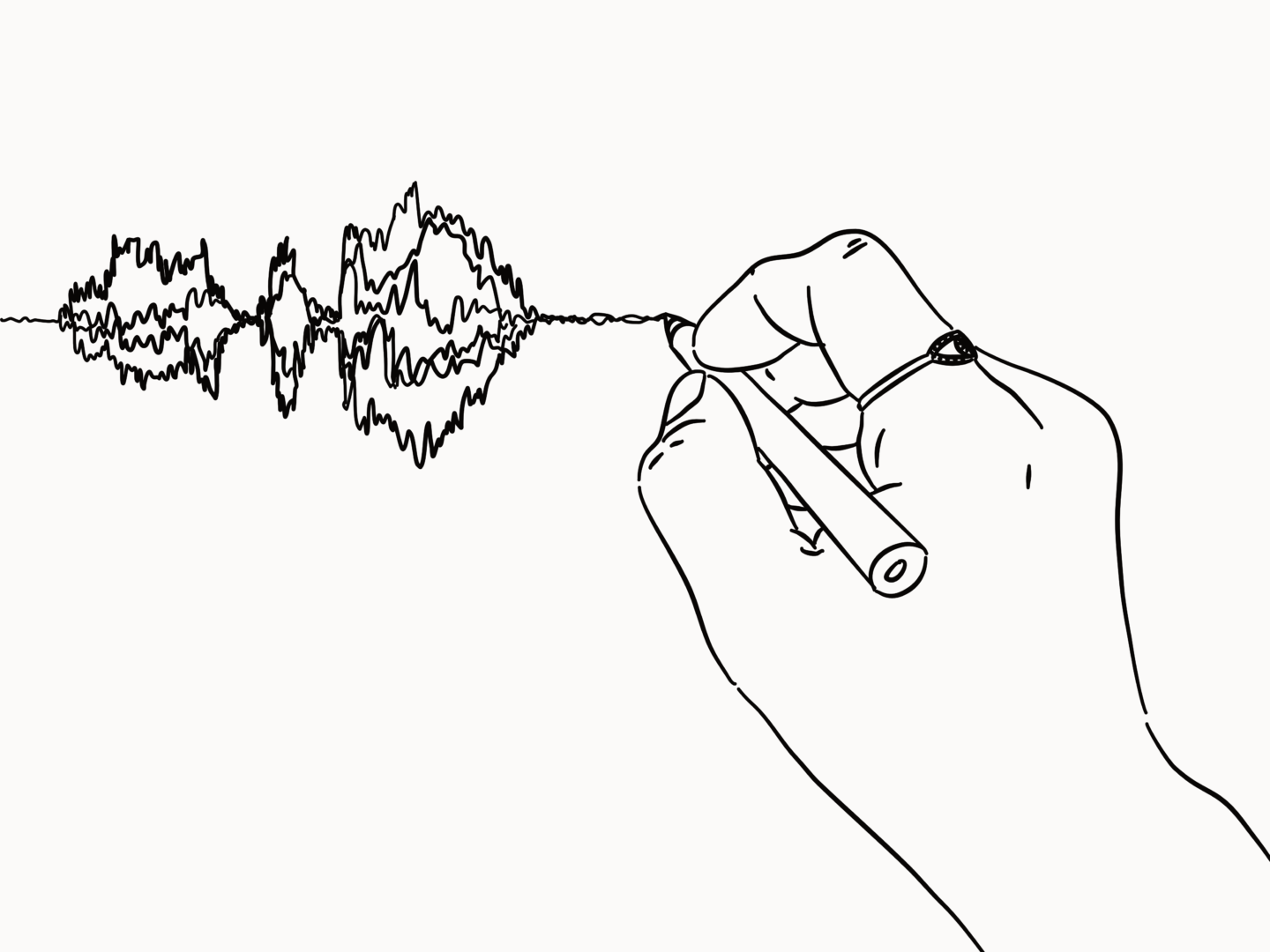
Once you’ve found those clients, work out how to translate their brief into your design language. If you’ve gotten into the habit of using lots of different styles when you’re working with different clients, which I have, this might take a little bit of work. But whenever you receive a brief, take a moment (or several) to work out how you can answer in a way that stays true to your style and artistic desires whilst being what your client needs. Remember that if you’ve worked hard at the first step, the person you’re working with has probably decided to work with you because they like the work and style you’ve shown them.
Then make sure you present any work in the style you want to be using, and sometimes only in that style. When you’re presenting options make sure you show the approach you prefer in the best light you can – this is just good practice generally but is particularly appropriate here. If you want to reduce the risk of working outside of your style, only present works in that style. People anchor onto what they can see and what they know, so if the only work you’ve shown looks a certain way that will inform your client’s frame of reference. With this, you do have to work out when it’s appropriate and also be prepared for the occasional potential push back or requests for further variety.
But even with the perfect client, and those processes in place you might need to push back, so work out which battles you’re prepared to fight.
Maintaining your voice in client work is a constant and active process, that requires you to really know your style and be committed to using it. You might decide to pick and choose those moments or make it a central part of your practice. Personally, it’s something I’m working on making more and more present in the work I take on.


